Weekly Tech Recap - № 134 - Galaxy Note 8, VivoBook, Android Oreo, SpaceX Spacesuit, etc.
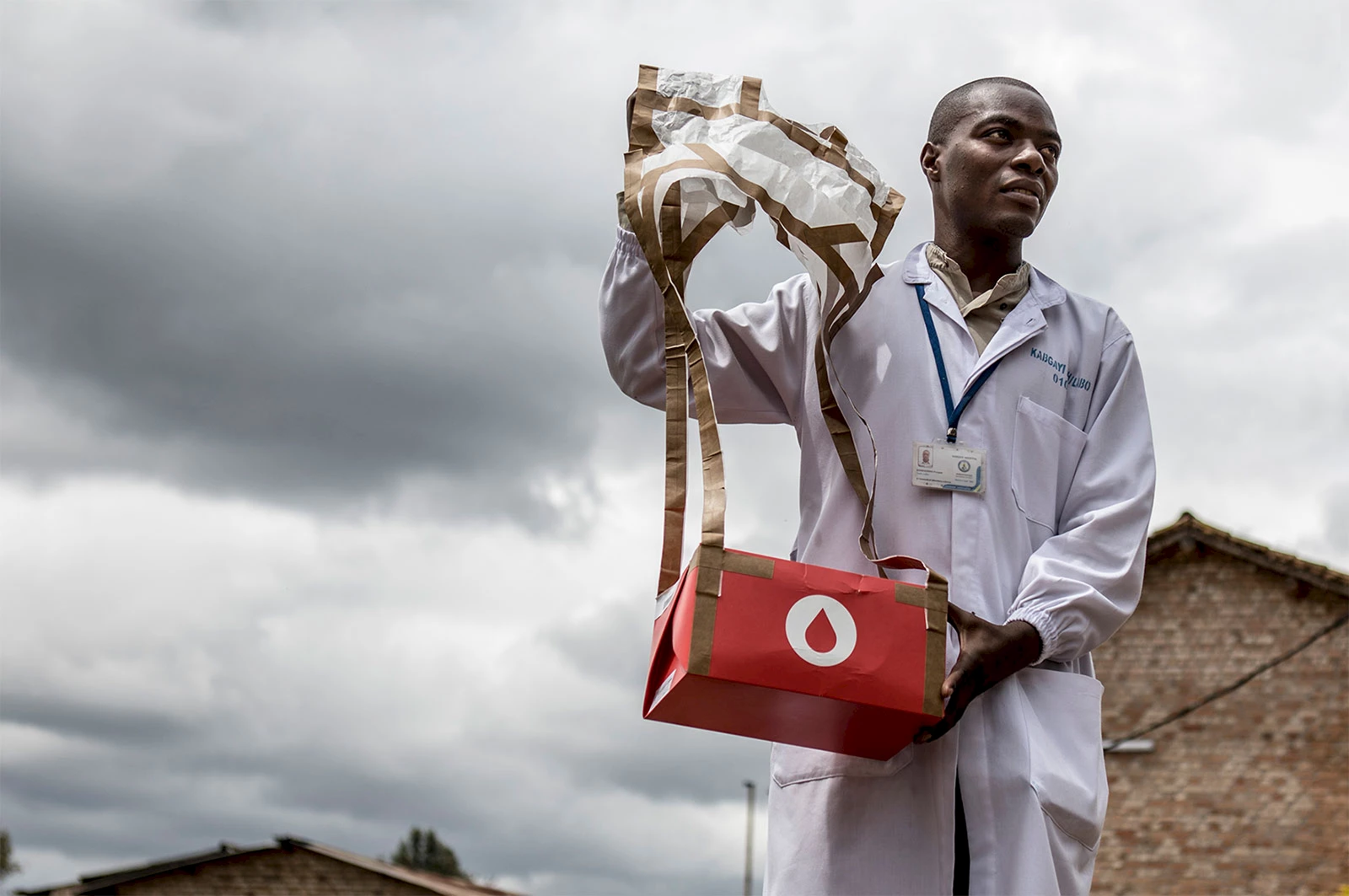
Galaxy Note 8
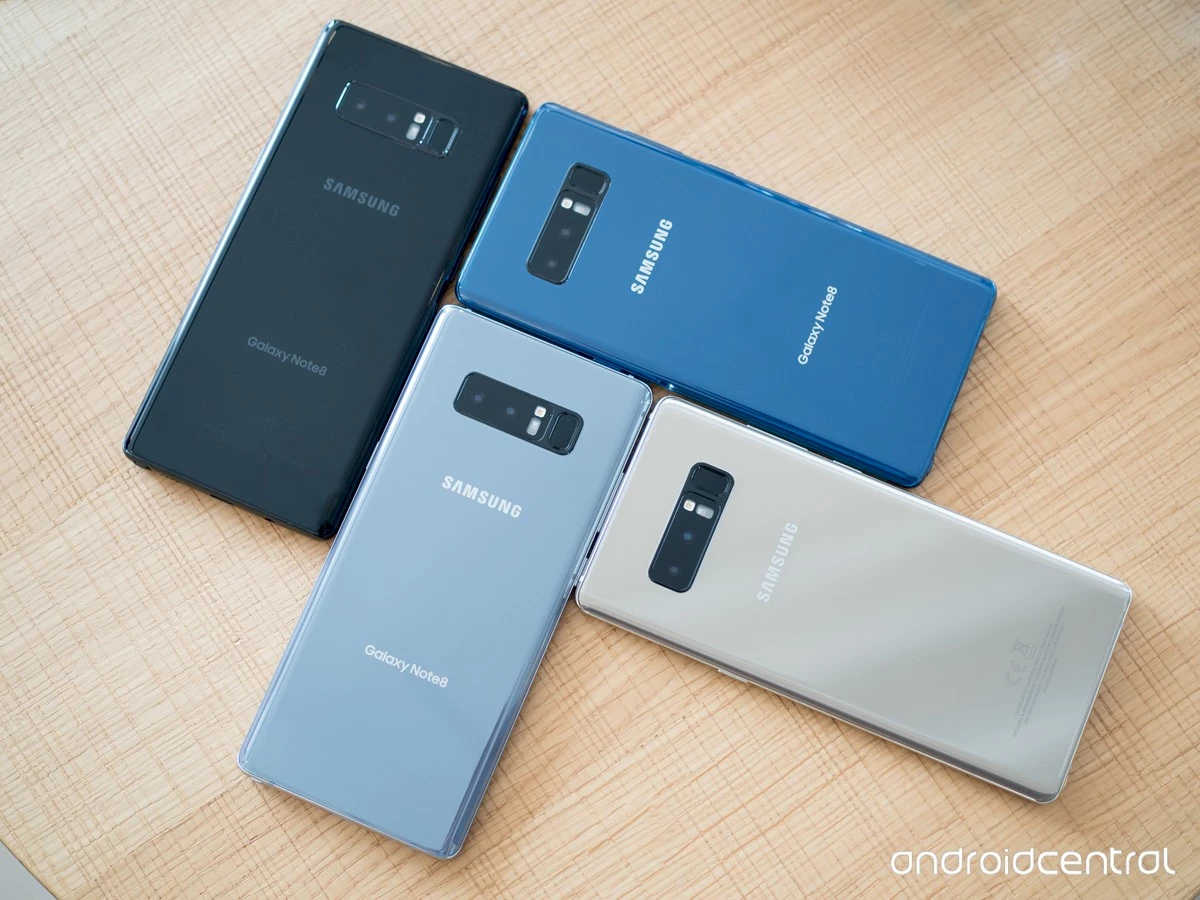
Galaxy Note 8. © Android Central.
In what is nothing less than a high-stakes wager, Samsung has unveiled its Galaxy Note 8. After one of the greatest disasters in the history of consumer electronics, the South Korean company decided to face the challenge head-on without giving up its Galaxy Note line. Samsung hopes that consumers will be won over by this new version of its phablet with stylus, guaranteed non-explosive. The phoenix reborn of its ashes (sorry… couldn’t help it…) looks like a Galaxy S8 Plus with a larger screen. Technical specifications are quasi-identical, the only difference being 6 GB of RAM (vs. 4 GB), 195 grammes instead of 173, and a dual camera, a first for Samsung. Both cameras offer image stabilization and 12-megapixel images. The wide-angle camera opens to f/1.7 and the telephoto lens reaches f/2.4. Unfortunately, the fingerprint reader is in the same awkward position as on the S8. The media gleefully noted that Samsung systematically compares the Galaxy Note 8 to the Galaxy Note 5, as if the incendiary version had never happened. The set comes in black or blue in Canada, and black or grey in the U.S. It is available for pre-order on Samsung’s site for CA$1,300, with delivery as of September 15th. We’re just waiting to see the next iPhone and Pixel 2 XL to make up our minds!
⇨ The Verge, “Samsung's Galaxy Note 8 comes with a 6.3-inch screen and dual camera.”
Asus VivoBook W202NA-YS02
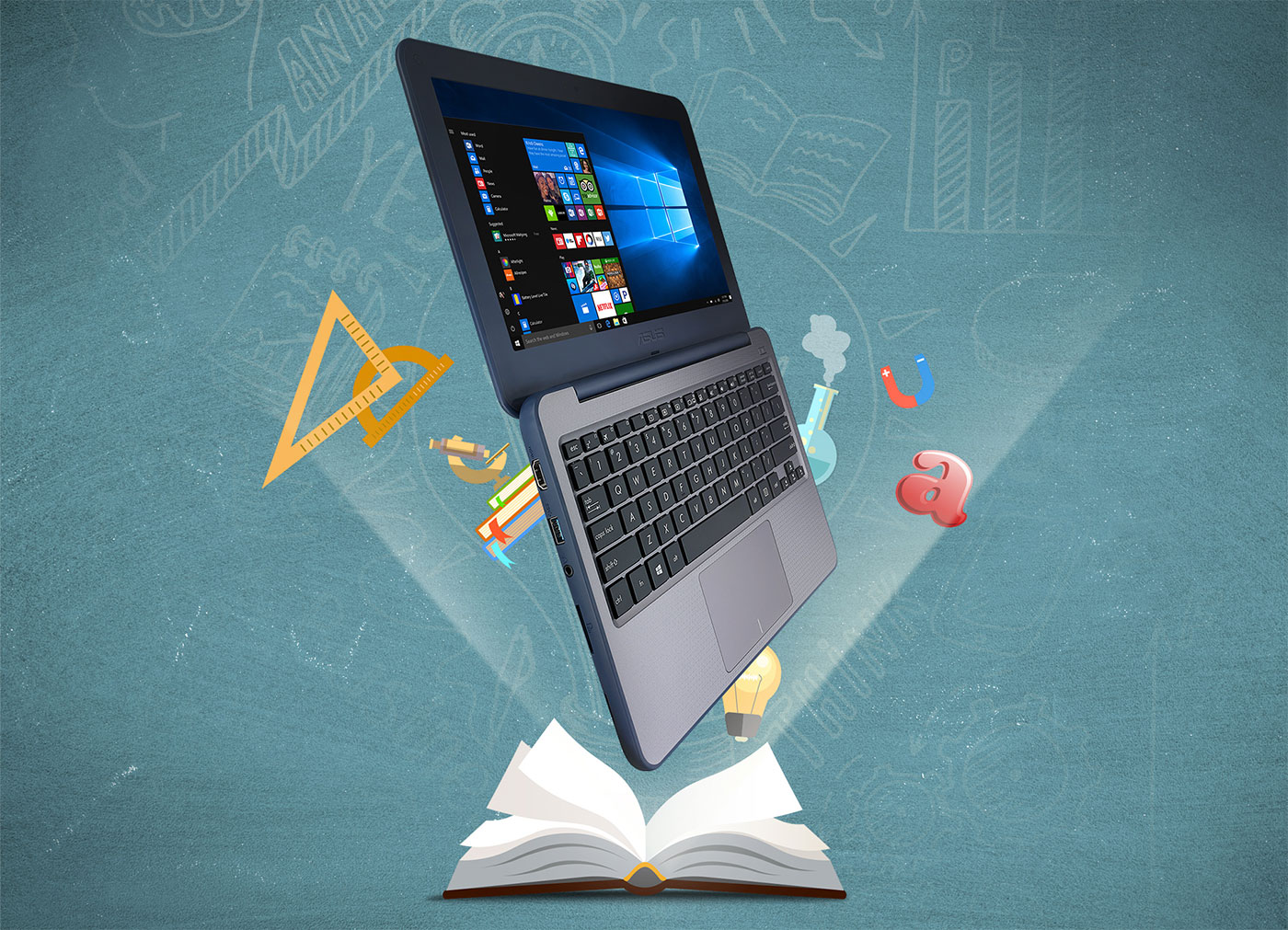
VivoBook W202NA-YS02. © Asus.
Equipment builder ASUS has launched a laptop for tight budgets that will probably be popular with parents: the machine will sell for US$280 (CA$350). Plus, it’s been built tough, to withstand the hard-knock undergrad life. It comes with an 11.6-inch display, Windows 10 S (the limited version of Microsoft’s operating system), Intel’s latest “Apollo Lake” processor (dual-core Celeron N3350), 4 GB of DRAM and 64 GB of eMMC storage. Autonomy is said to be 11 hours. The VivoBook W202NA-YS02 is technically available as of now, but maybe late in time for this year’s return to school. Asus plans to follow-up with more expensive versions of the VivoBook W202, equipped with Windows 10 Home or Windows 10 Pro.
⇨ AnandTech, “ASUS launches VivoBook W202NA : 11.6”, Apollo Lake, Windows 10 S, 279 $.”
Android 8.0 Oreo
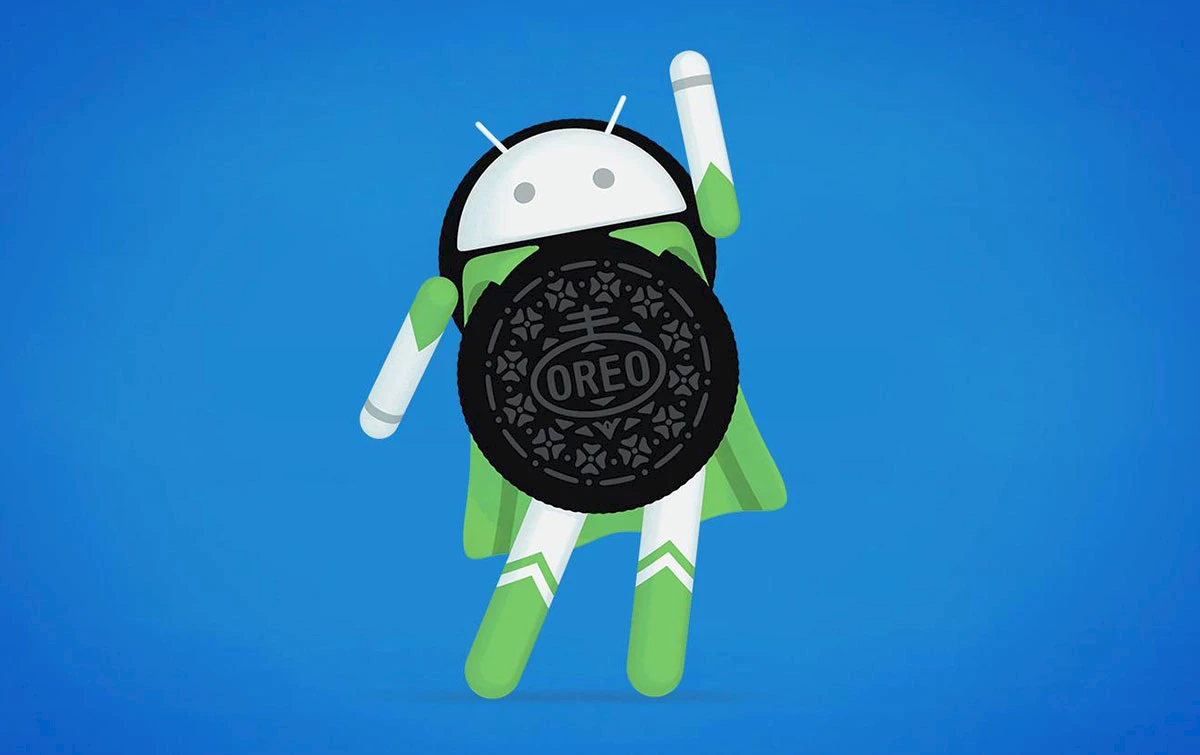
Android 8.0 Oreo. © Google.
Google chose the day of the solar eclipse to reveal the treat selected for its latest version of Android: “Nougat” will be followed by “Oreo”. Google and Nabisco have inked a deal for the use the brand. This is the second time Google uses a brand name for Android, after the “KitKat” in 2013 (version 4.4). While the official announcement was still underway in New York City, version 8.0 was being rolled out through the usual channels. System images for the Pixel, Pixel XL, Pixel C, Nexus 5X, Nexus 6P and Nexus Player are available for download. If you get updates through your provider, you’ll have to be patient: owners of the Galaxy S8 or LG G6 can expect to wait 6 months, which isn’t actually that long in terms of Android. But if you just can’t wait to be rid of those yellow blobs, you can always buy a new phone.
⇨ Ars Technica, “Android 8.0 Oreo is official, starts rollout to devices.”
SpaceX Spacesuit
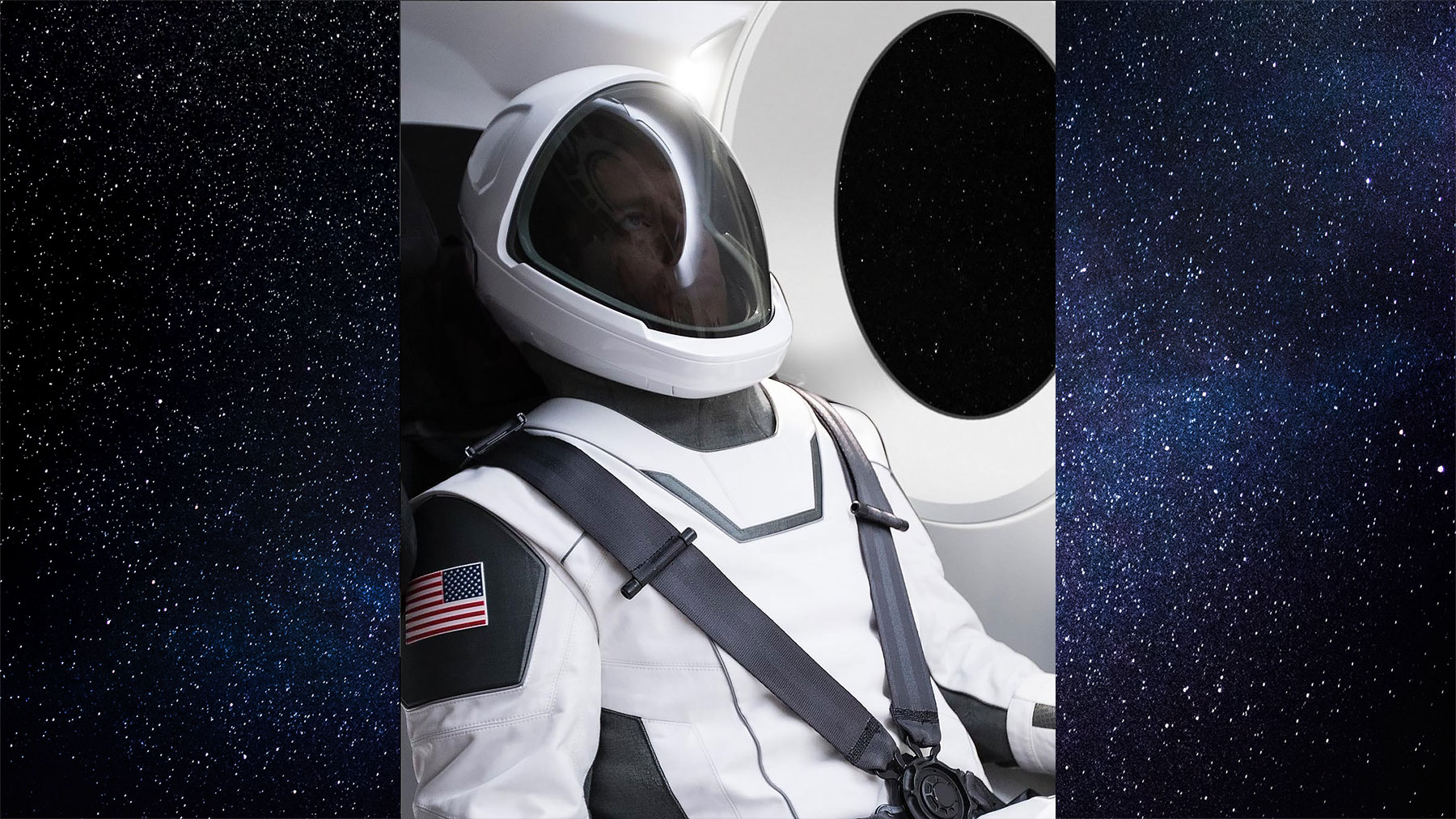
SpaceX Spacesuit. © Elon Musk/Twitter.
Elon Musk posted a photo of the stylish suit that astronauts will wear aboard SpaceX’s Dragon spacecraft to go to the International Space Station. The white, futuristic suit is already fully functional, tested to withstand twice the pressure of sea level in a vacuum chamber. These are not, strictly speaking, “space suits.” Rather, they are more properly flight suits designed to be worn during the ride to space and again on the ride back down to Earth. SpaceX is working on a spacecraft capable of transporting astronauts to the International Space Station. It hopes to complete crew test flights in 2018.
⇨ Ars Technica, “Elon Musk posts first photo of SpaceX’s new spacesuit.”
Drones to the rescue
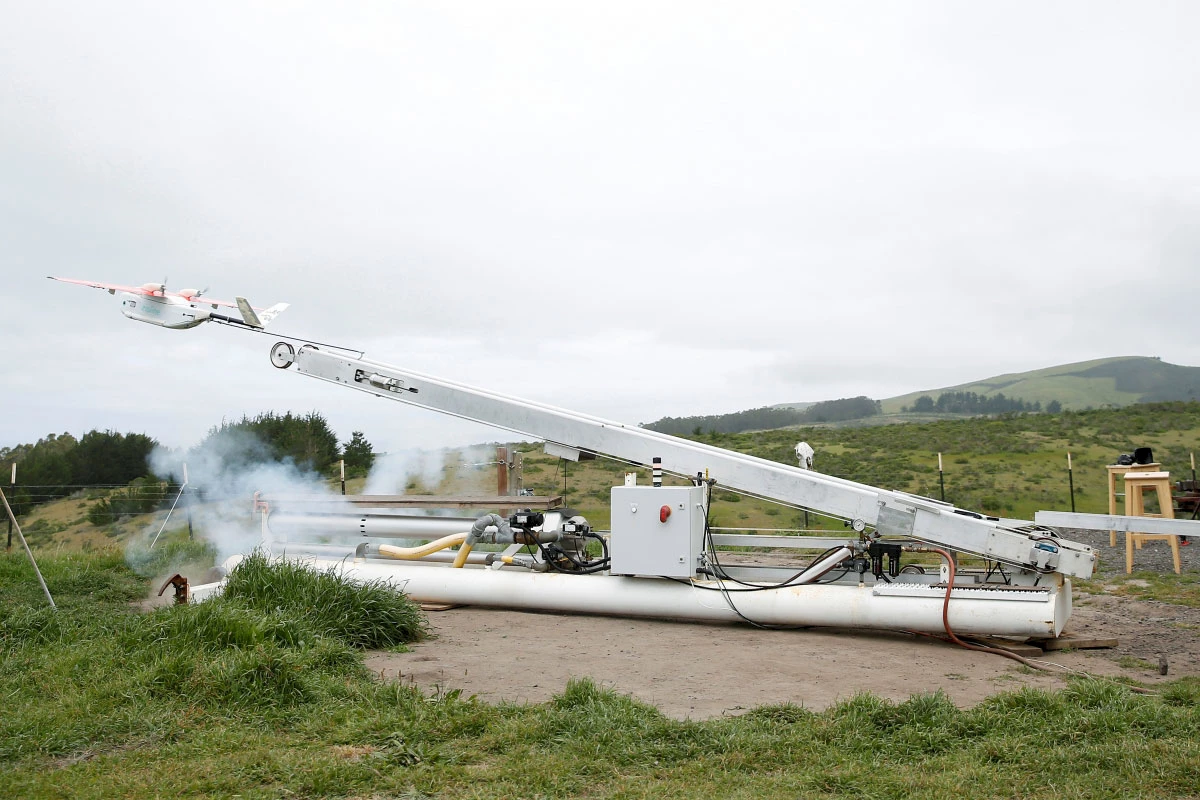
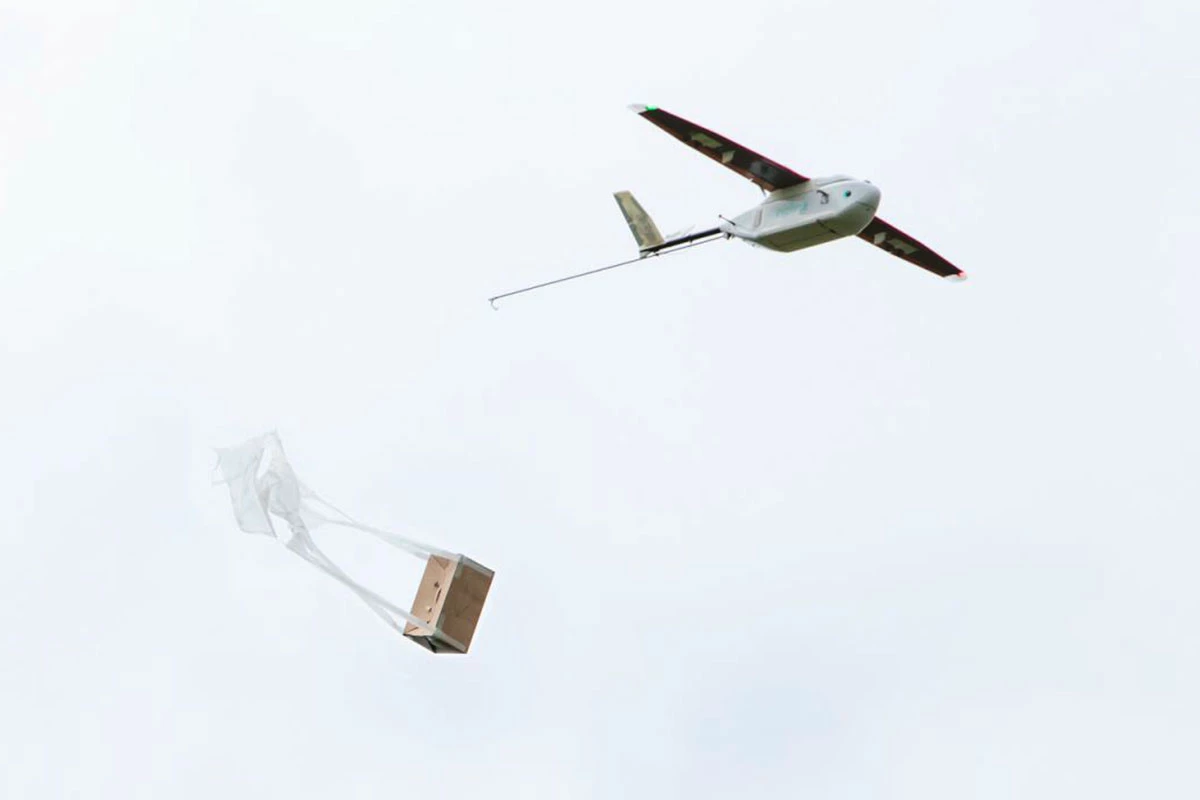
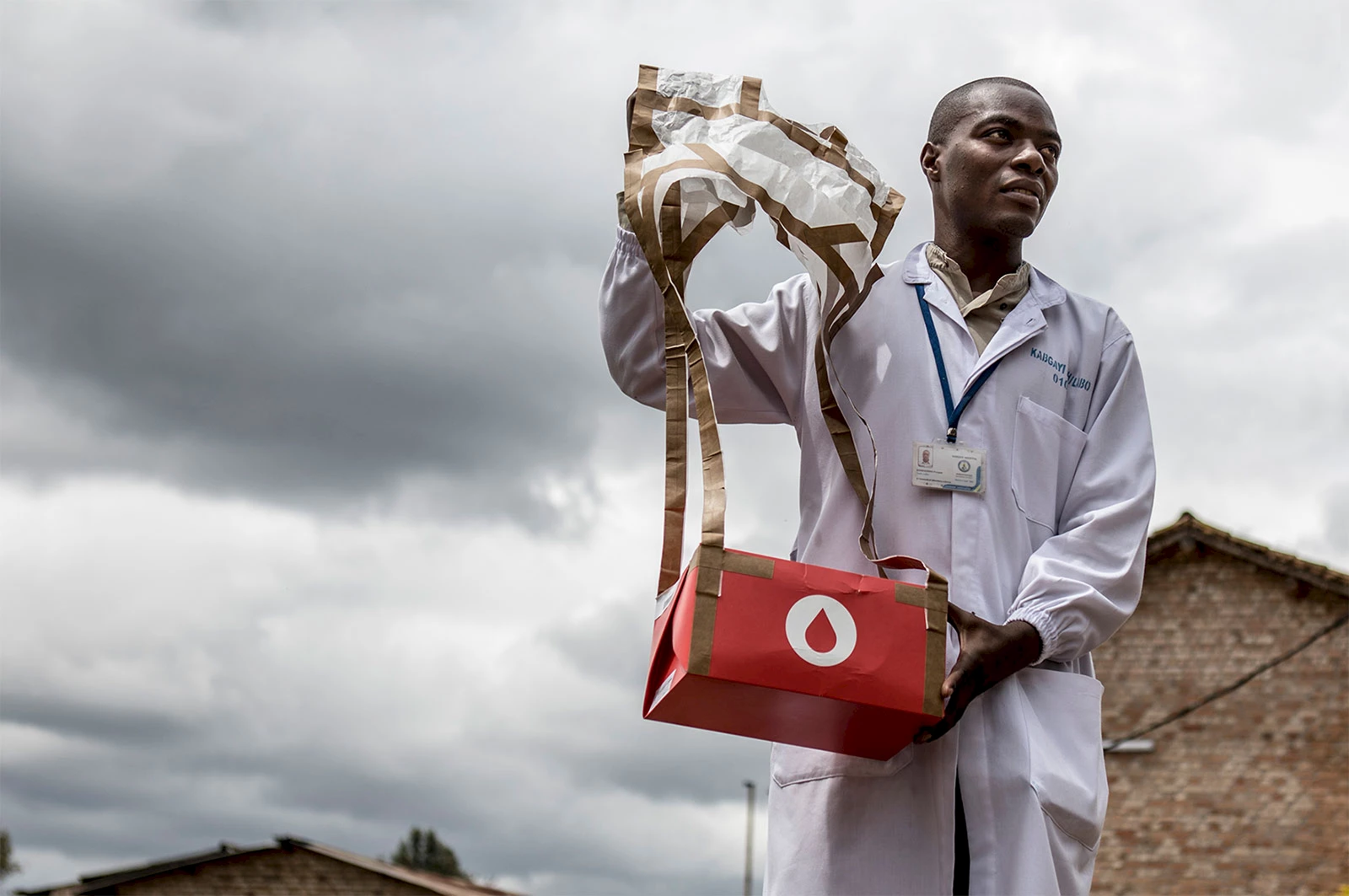
Drone delivery in Rwanda. © Zipline.
Drone startup Zipline has been making deliveries to remote hospitals in Rwanda since 2016. Today, it announced a major expansion into Tanzania, with four distribution centers with up to 30 fixed-wing drones each, making up to 500 delivery flights per day. Zipline delivers life-saving blood packs, vaccines, HIV medications, anti-malaria drugs, and critical medical supplies like sutures and IV tubes to hard-to-reach hospitals. Orders are placed on WhatsApp, with deliveries typically arriving within 30 minutes. The drones overfly the delivery location, parachute their cargo and head back to the distribution center, all without landing. The fleet has recently seen improvements in aerodynamics and battery design to fly farther, faster, and with heavier payloads; plus, parts can now be swapped in and out quickly and easily. Keller Rinaudo, founder and CEO of Zipline, put it succinctly: “Rwanda and Tanzania are showing the world how to use robotic technology to save lives.”
⇨ IEEE Spectrum, “Africa leads the world on drone delivery: flights to begin in Tanzania in 2018.”
